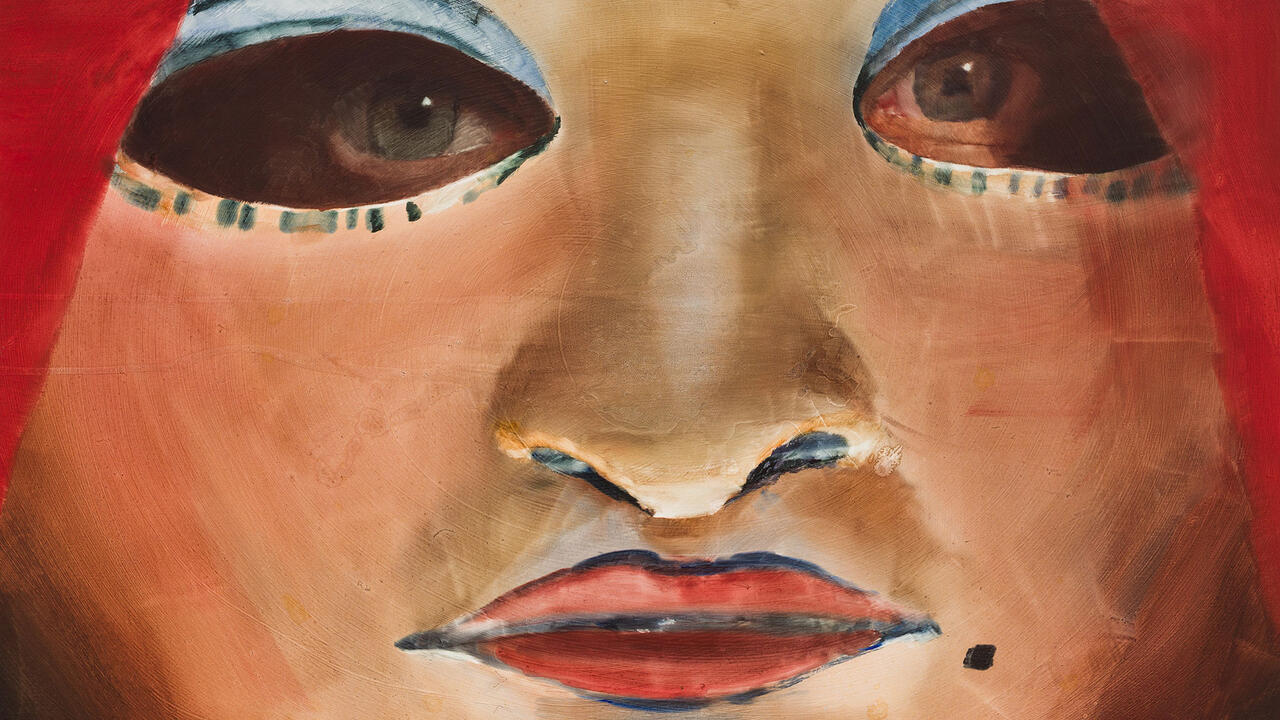The Fervour of Dada: Ernst Schwitters' Collection
The personal history of Ernst Schwitters provides the background for his collection, but complicates its organisation as an art exhibition. His father, the Dadaist Kurt Schwitters, died an expatriate in England in 1948, and Ernst took responsibility for managing his estate. Kurt was a notorious collector, and during his lifetime built a collection that became a kind of prototype for Ernst's later acquisitions. In 1967, Ernst decided to sell the collection he inherited, except for about 150 particularly significant works by his father. 13 years later, he began his own collection, orienting his choice towards groups of high-profile artists with whom his father had been associated: the Dadaists in Der Sturm, the artists in Constructivist Internationale and the early Russian Constructivists belonging to the groups Abstraction-Création and Cercle et Carré. There are also works by Arp, Kandinsky, Max Ernst, Moholy-Nagy, Picasso, Paul Michel. Some examples of Ernst Schwitters' photography are also included.
Obviously, Ernst's collection tells a classic story of the motivations for possessing art: the desire to be part of a movement, to make manifest art history and so forth. Ernst collected as Kurt collected, and in 1967 resignedly admitted to jogging around the Oedipal trail: '...I realised that if I painted pictures or made collages I was so dependent on my father that my pictures would only differ from his, if at all, by reason of their inferior quality. But somehow I had to work creatively, I just had to, and so I decided to become a photographer'. By the same logic, Ernst Schwitters' collection comes across as a reconstruction and celebration of the personal and artistic affiliations of his father.
Annoyingly, Arken has translated 'The Fervour of Dada' into what in Danish means 'Dada - an Art Rebellion', thereby confusing the revolutionary effectiveness of Berlin Dada with Kurt Schwitters' more prudent and poetic Hanoverian revision. His ambivalent position in relation to the more political versions of Dada surfaces in what Richard Huelsenbeck, spokesman for the Berlin Dadaists, called 'the similarity between the bourgeois and revolutionary world with Schwitters'. Kurt Schwitters did not align himself solely with the aims and morality of Dada, and was further compromised by virtue of being an unrepentant Expressionist and Cubist. Considered too promiscuous for formal membership of the Berlin Dada group, his productively unclear conception of Dada gave birth to the designation MERZ, which bespoke an inclusive aesthetic viewpoint. In his collection, he exchanged not just works with other artists, but artistic agendas and manifestos. If it is this inclusiveness that his son simulated when he began collecting art, an obvious risk is that it threatens to formalise and homogenise the different artistic positions contained within it.
The works that Kurt Schwitters collected became integral parts of MERZbau, his studio's organic transformation into a mystical grotto that would gradually crowd the family home. At Arken, the reconstruction of the MERZbau leaps out from the recesses of the collection. You arrive in a place that reminds you of a whited sepulchre or a totemic bar interior - or it might be the centre of the earth, at once homely and perverse. The MERZbau takes up no more than a few square metres but it suggests the interminable composition of a 360-degree Cubist ornament, at once childish and constructive. Kurt Schwitters' understanding of himself as a 'forger of relationships, preferably between all things in the world' surfaces in MERZbau as the morphologic lust of a brilliant recycler. Here there is no 'in front of' or 'behind', hardly any 'over' or 'under': MERZbau is like a condensed version of urban space where you must constantly relocate yourself among nooks and crannies, pillars, staircases, pedestals, real and pseudo windows; the lighting changing and accentuating by turn shadows and positive forms. Only the white plaster surface of the walls is homogenous.
In his colourful, intimately sized collages, Kurt Schwitters varied in medium and principle the stylised Constructivism of MERZbau. The art works he had obtained through bartering, as well as found objects from the street, some transformed into sculptures, all ended up in MERZbau. So did the collages constructed from odd pieces of paper, bus tickets and bills. One can't help but wonder what the reconstruction of the MERZbau would have been like had it been organised with a few art works and some dirt and detritus, according to the catalytic function it once had for Kurt Schwitters. Georges Hugnet wrote in 1934 that with his life and work Kurt Schwitters was able to create around himself an atmosphere into which he escaped, and it is in this achievement that he was truly Dadaist. With MERZbau and his other MERZ legacies, Schwitters left a blank patch for his son and the rest of us to dream over.















